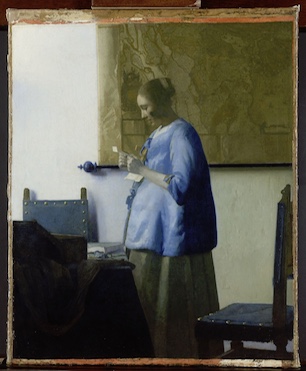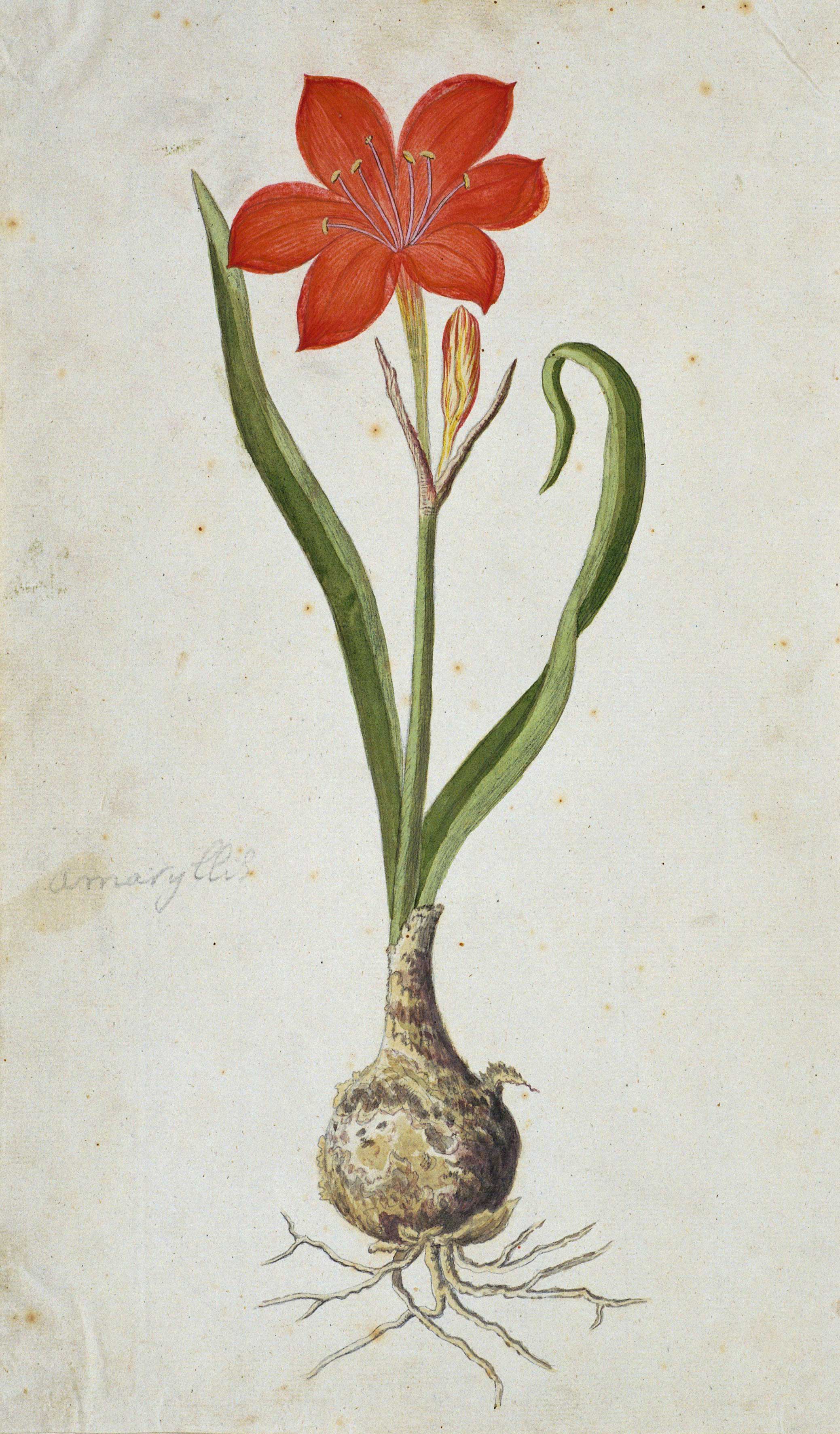Co-Directors: Professor James Daybell (Plymouth University)
and Dr Kim McLean-Fiander (University of Victoria)
WEMLO provides a meeting place for researchers of early modern women letter writers. Created initially with British Academy/Leverhulme funding and supported by the Cultures of Knowledge project, WEMLO is a resource and discussion forum for all of the early modern women’s correspondence held within the EMLO catalogue.

Woman reading a letter, by Johannes Vermeer. c.1663. Oil on canvas, 46.5 by 39cm. (Source of image: Rijksmuseum, Amsterdam; on loan from the City of Amsterdam [A. van der Hoop Bequest])
WEMLO’s Aims
Feedback obtained from a series of WEMLO workshops held in 2013 and 2014 established two principal aims for the project. First, participants requested a distinct scholarly meeting space to cater specifically for the needs of researchers of early modern women. Secondly, while researchers wanted female letter writers to be more discoverable in the historical record, they were concerned about confining them to a female-only digital silo. Rather, scholars wanted to be able to search just for female letter writers as well as to search for them alongside their male counterparts.
WEMLO Today
As a result of WEMLO’s partnership with Cultures of Knowledge, it is possible now to browse all correspondents in the EMLO union catalogue by gender in any combination of senders, recipients, and individuals mentioned in the texts themselves. Visitors may also search for specific women’s correspondence by using EMLO’s Search+ function.
The new WEMLO Networks & Resources hub will offer the WEMLO community an exhibition and networking space for exploring early modern women’s epistolary cultures in multi-faceted ways. This will include a large variety of additional resources, including news and updates, maps, visualizations, chronologies, and detailed information on early modern women and their correspondence.

Detail of a letter from Anne Talbot to Elizabeth Hardwick Talbot, Countess of Shrewsbury. 29 May 1575? (Folger Shakespeare Library, Washington D.C., MS X.d.428 [122])
In the future, the WEMLO community will have access to the growing series of new catalogues of female correspondents in EMLO (for example, Elizabeth Bourne, a Tudor poet and prolific letter writer; Sabine Johnson, a Tudor merchant’s wife; and Lady Elizabeth (née Cooke) Russell, sister of Lady Anne Bacon.
The History of WEMLO
WEMLO was inspired by a collaboration between Dr Kim McLean-Fiander (University of Victoria), a scholar of early modern women and an editor of EMLO in the first phase of the Cultures of Knowledge project, and Professor James Daybell (Plymouth University), who has conducted significant and extensive archival research on Elizabethan women’s correspondence.
When WEMLO began, much of the metadata for the various individual women’s correspondence catalogues had been collated independently by James Daybell from research in archives around the world. Kim McLean-Fiander oversaw the subsequent curation of this metadata. Ultimately, this metadata of approximately 2,300 early modern women’s letters will form the basis of two types of collections within EMLO: a collection of general women’s correspondence (which will include an array of women letter writers for whom fewer than twenty associated letters are known currently to exist) and a rapidly expanding series of individual women’s correspondence catalogues on figures for whom more than twenty associated letters have been collected.

Cyrtanthus elatus, by Robert Jacob Gordon. Pencil, chalk and water-colour on paper, 66 by 48cm. (Source of image: Rijksmuseum, Amsterdam, RP-T-1914-18-50)
Wherever possible, WEMLO collaborates with experts in particular correspondences. Thus, James Daybell’s original metadata will continue to be enhanced by and expanded with metadata from WEMLO collaborators. Each individual woman’s correspondence catalogue has an introductory landing page which includes details of the scholars who have contributed the metadata and worked on the letters, biographical information of the early modern female correspondent and her networks, the content and provenance of the letters (for example, the date ranges of correspondences, the languages used, and the subject matter), images, links to additional resources, and full credits for all contributors.
Contact information
To contact the WEMLO co-directors, please email James Daybell or Kim McLean-Fiander. Or, for details concerning current and ongoing work in both WEMLO and EMLO, please contact Miranda Lewis.



